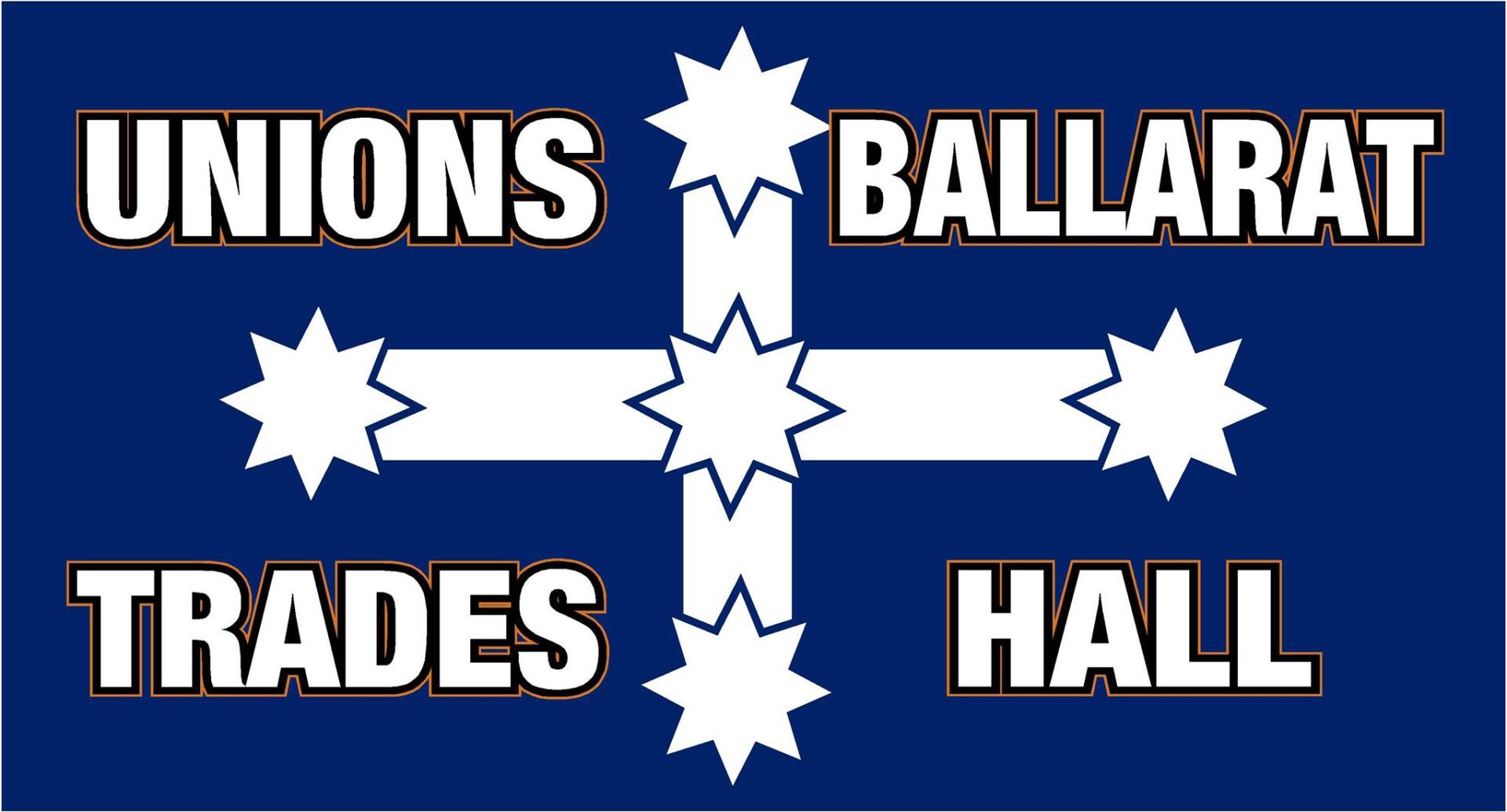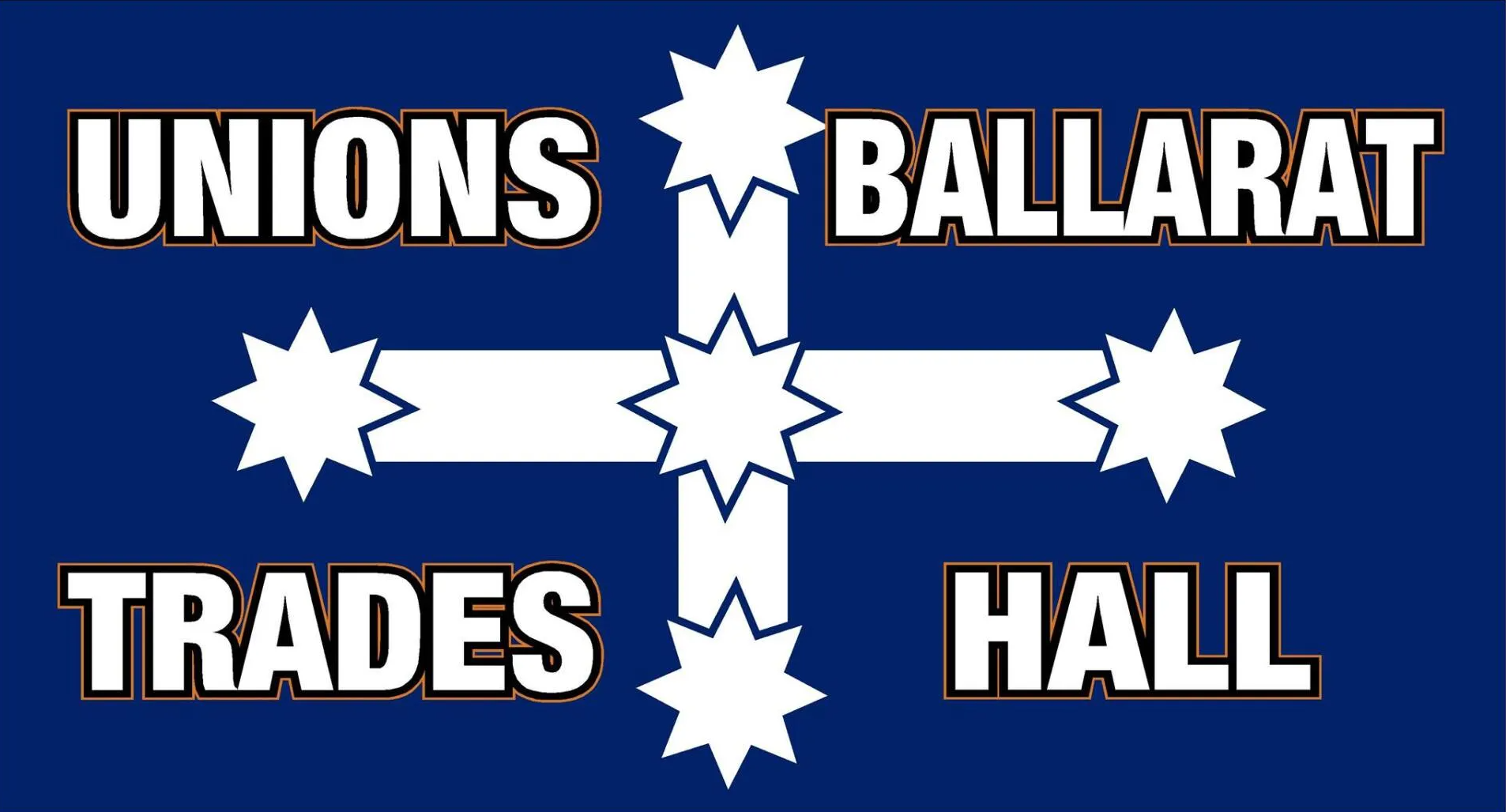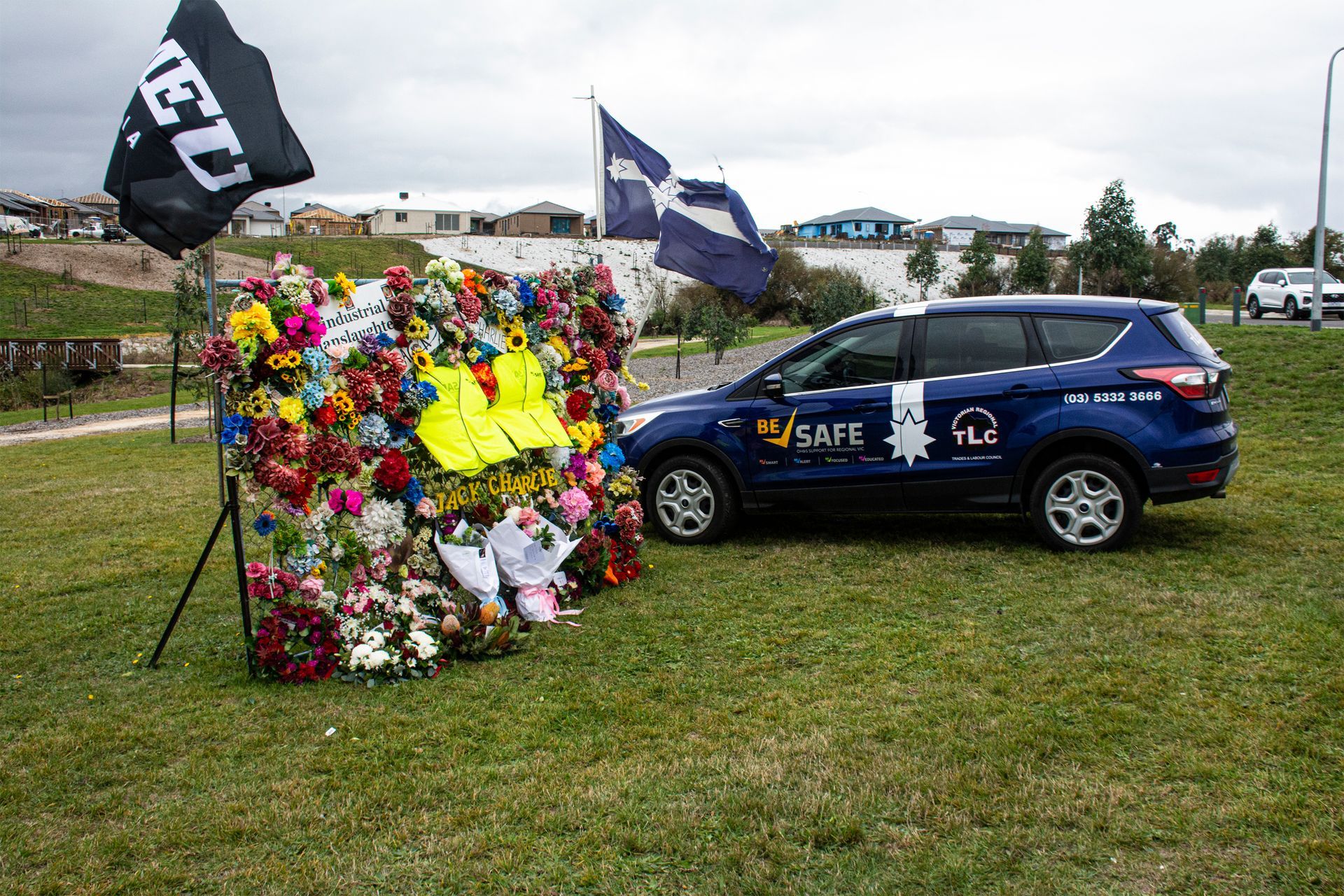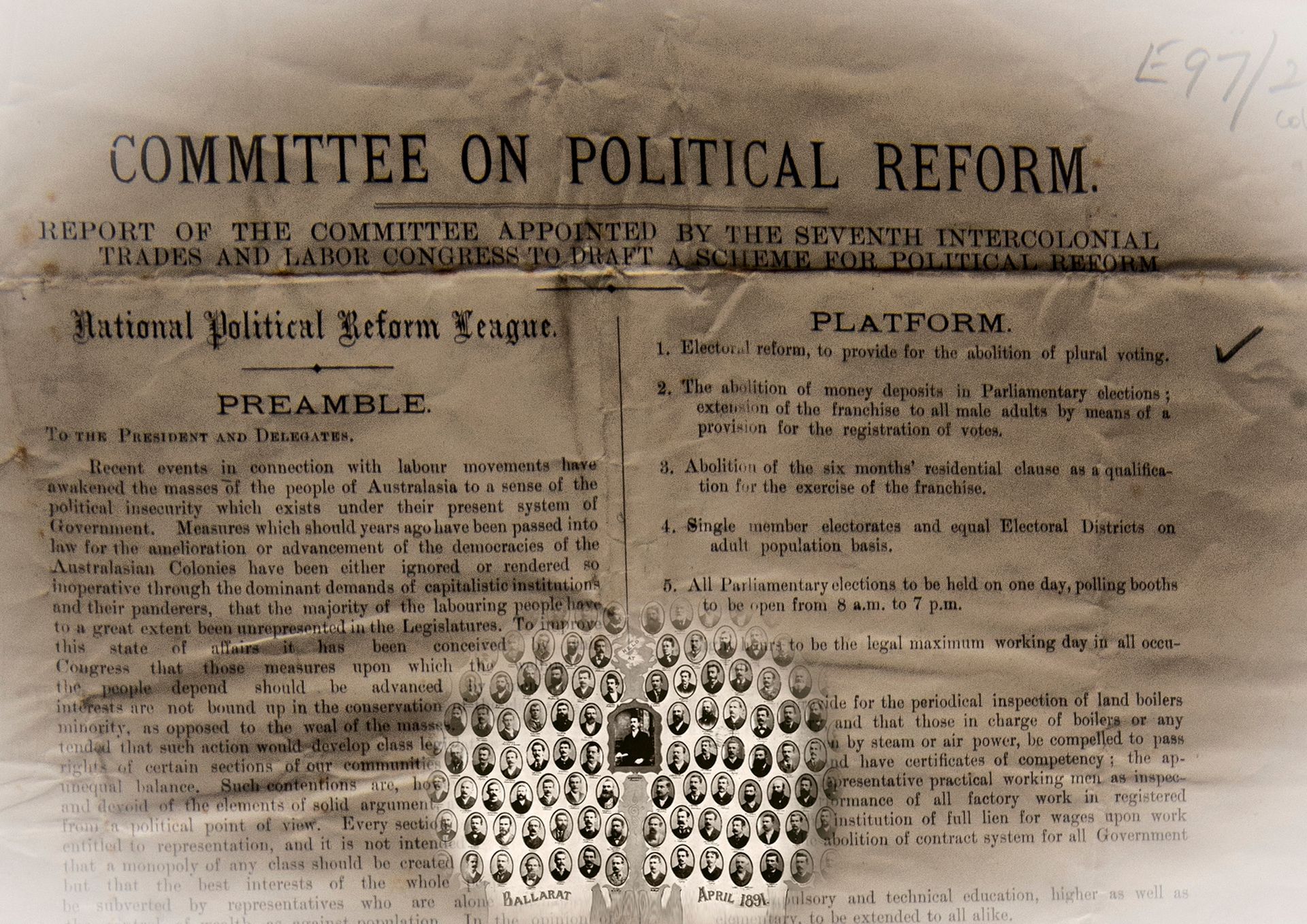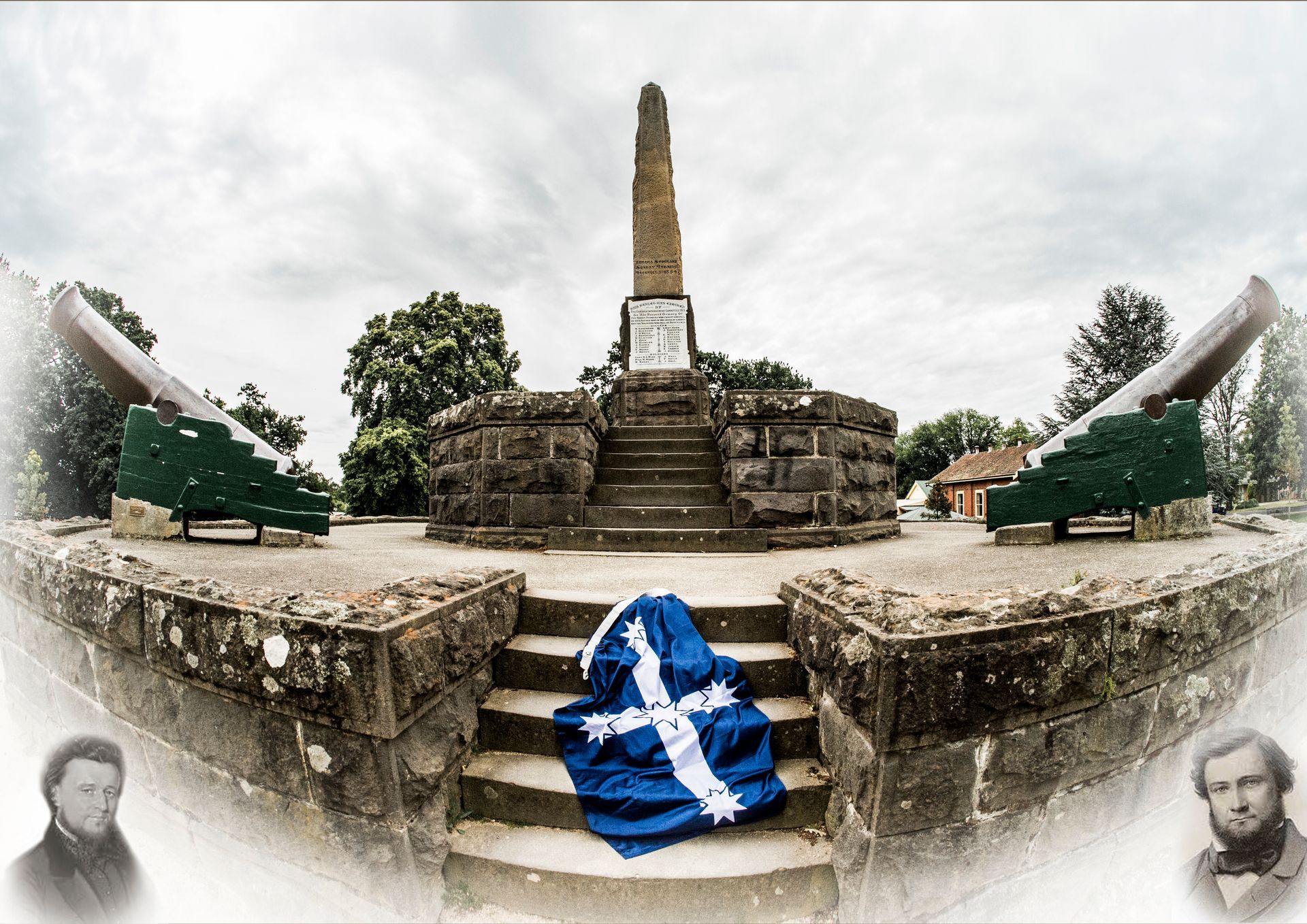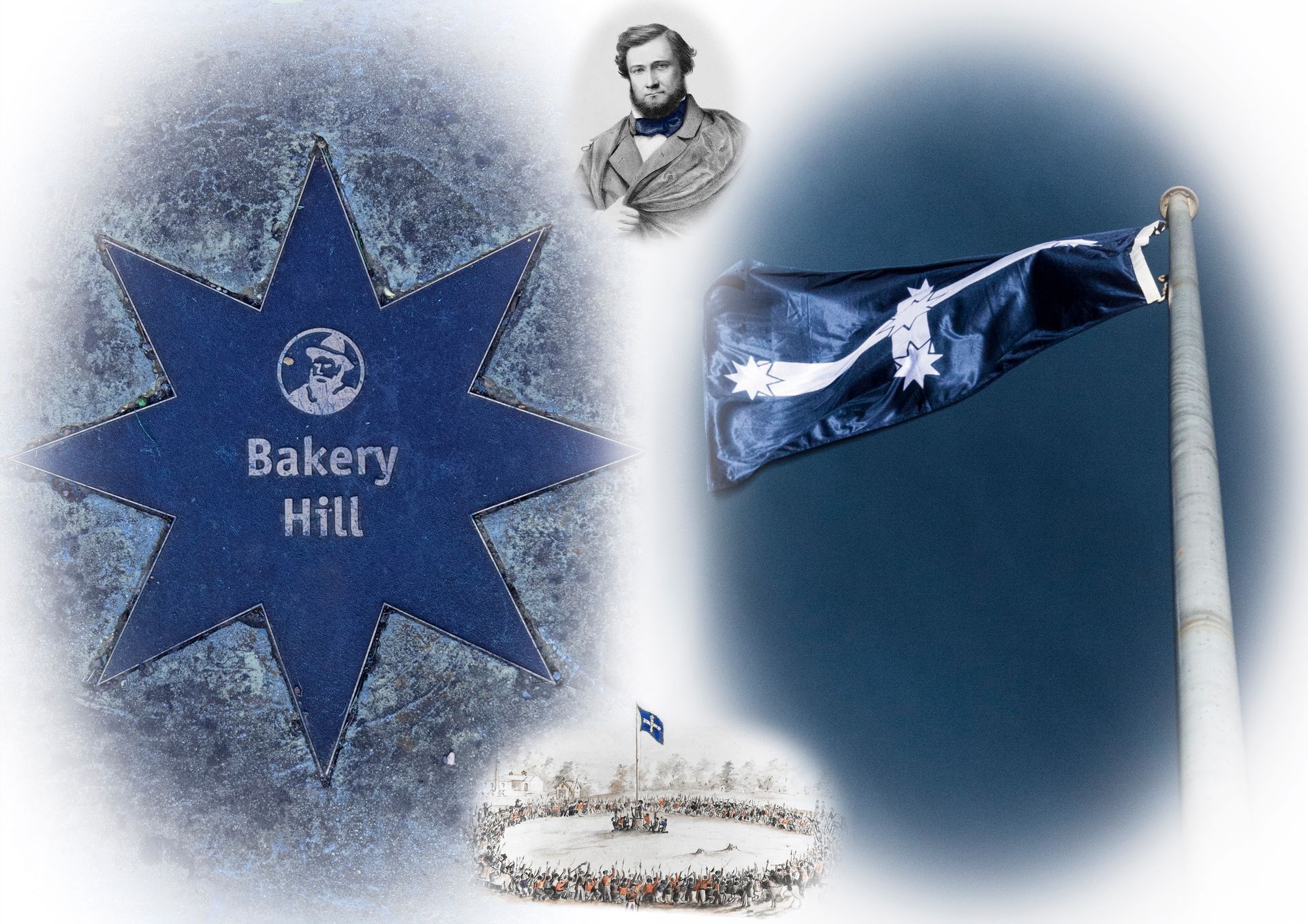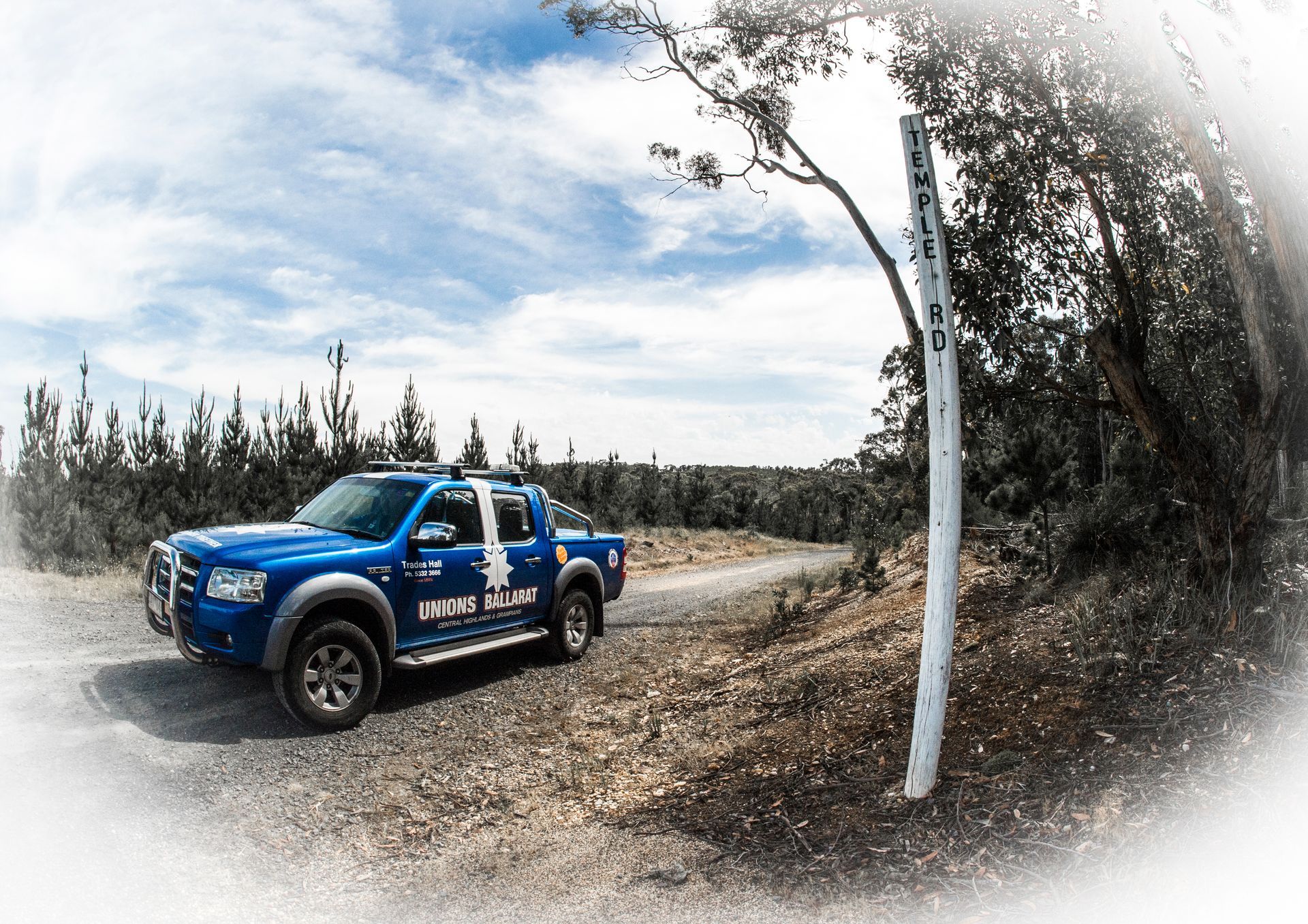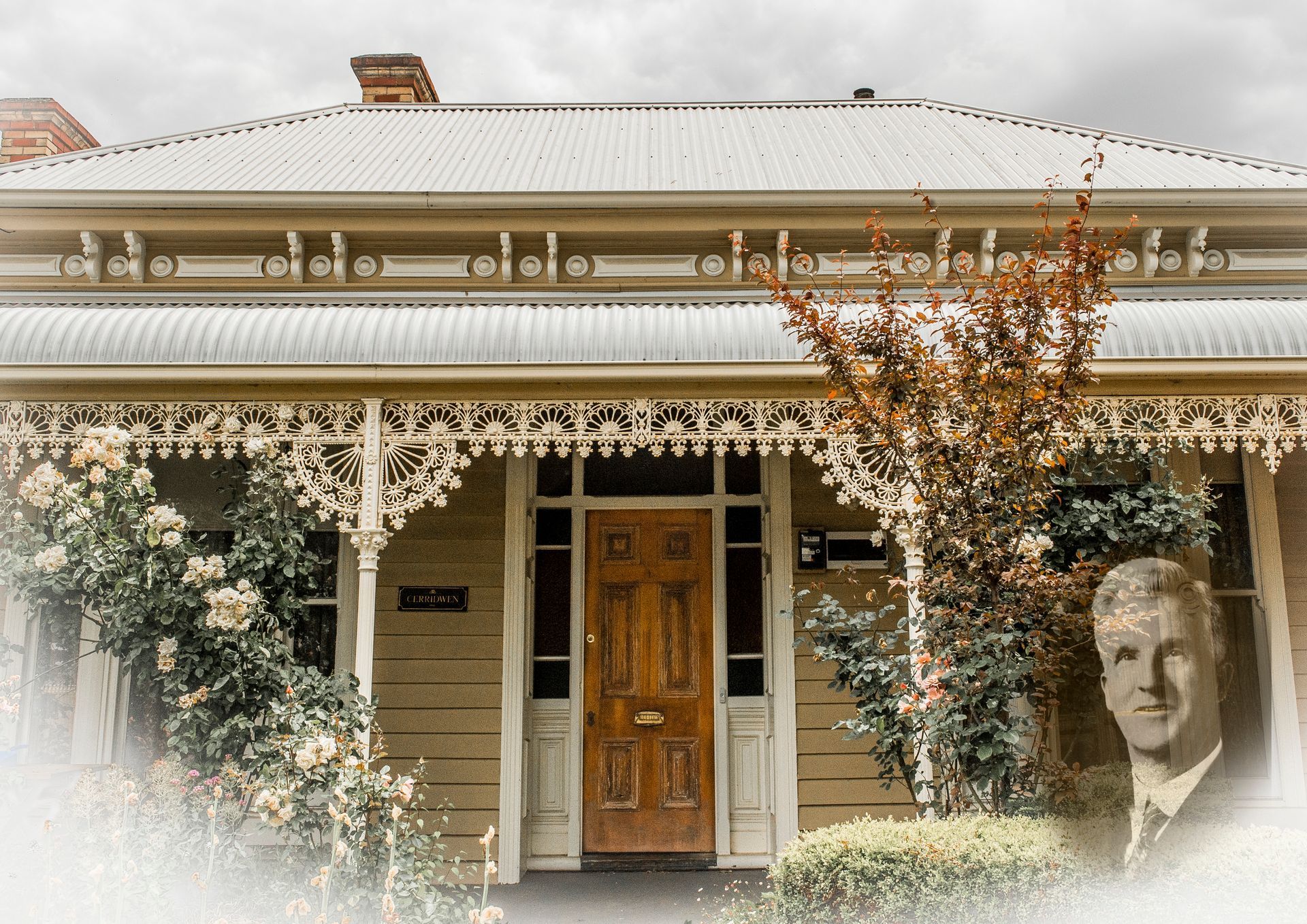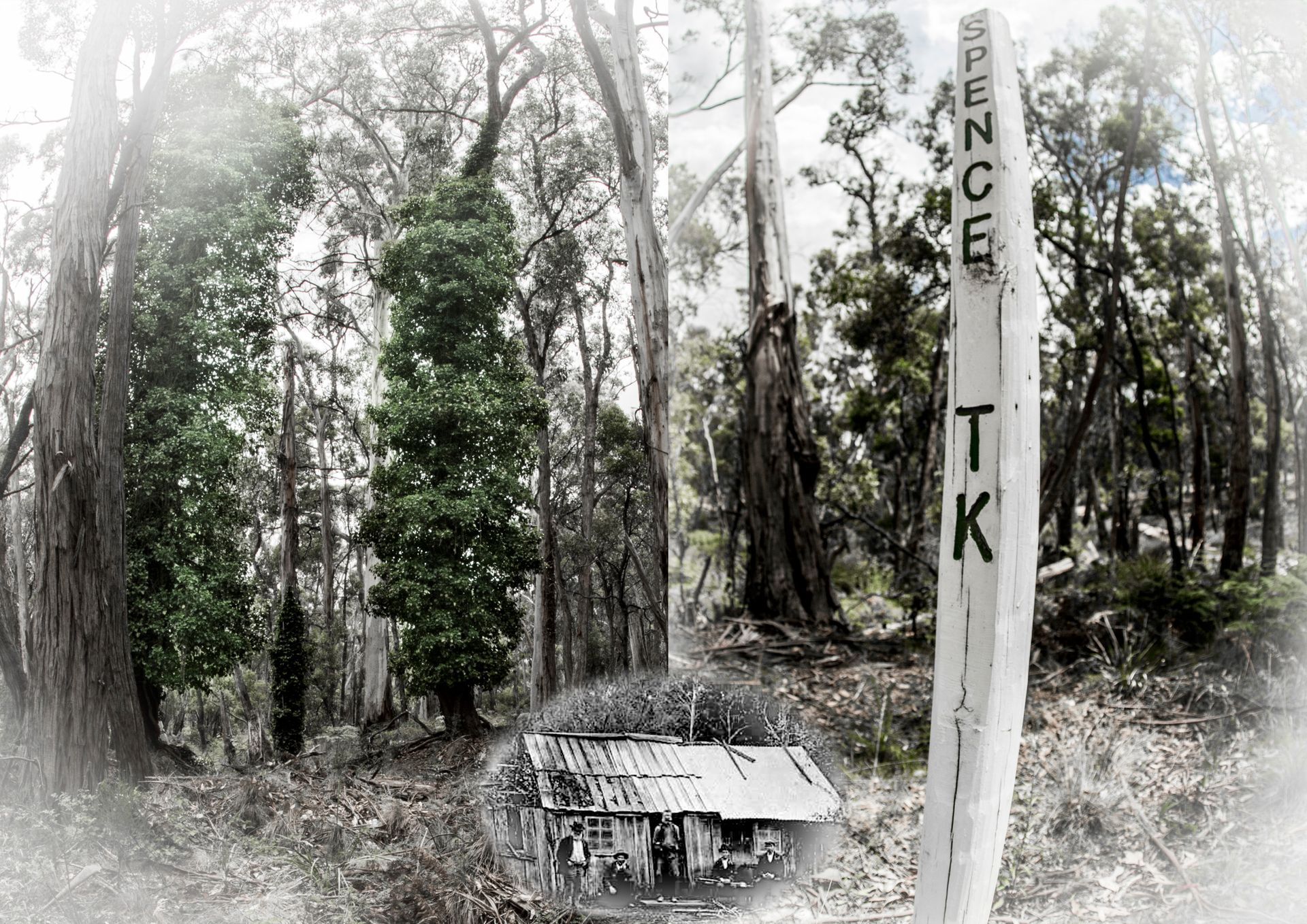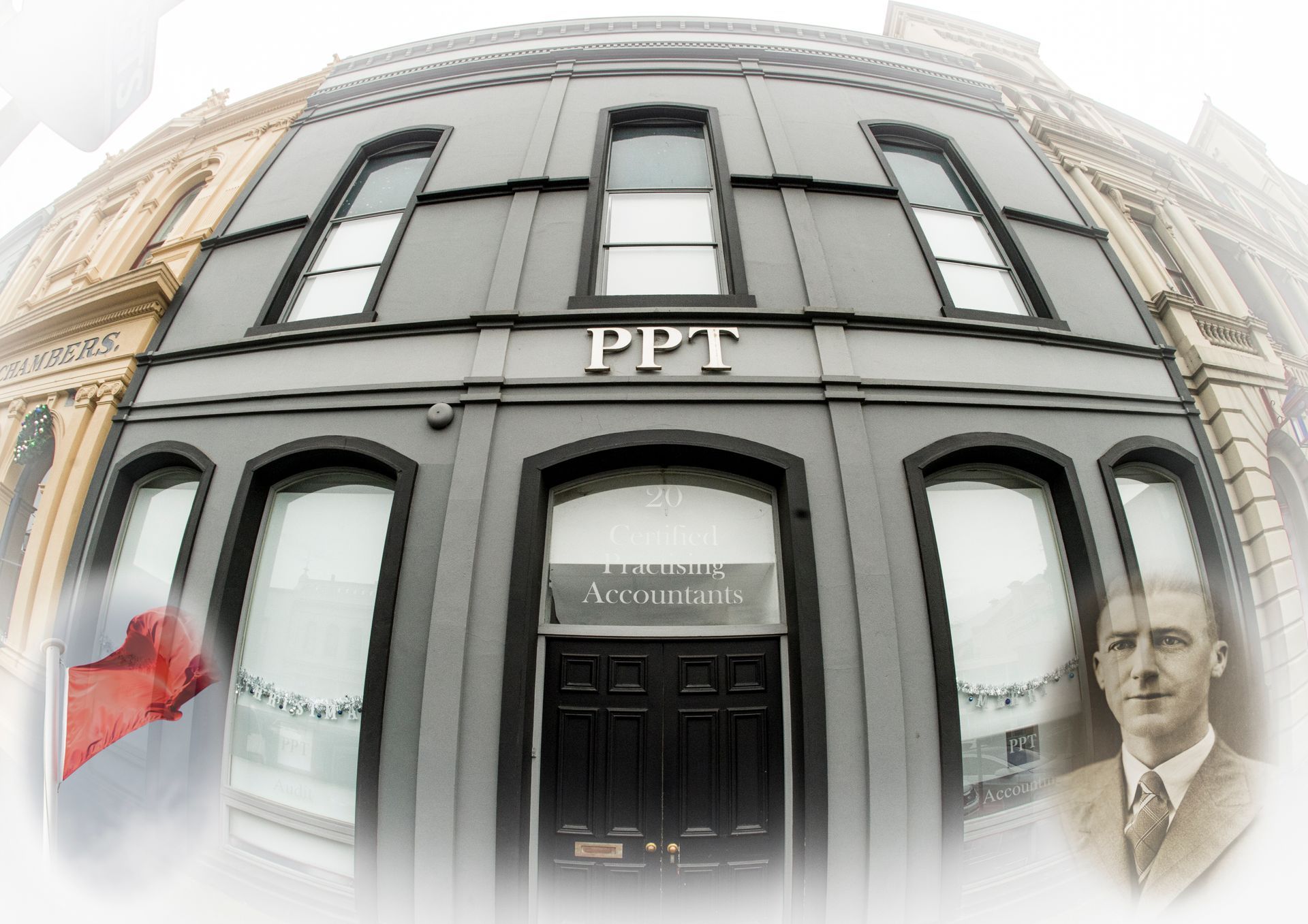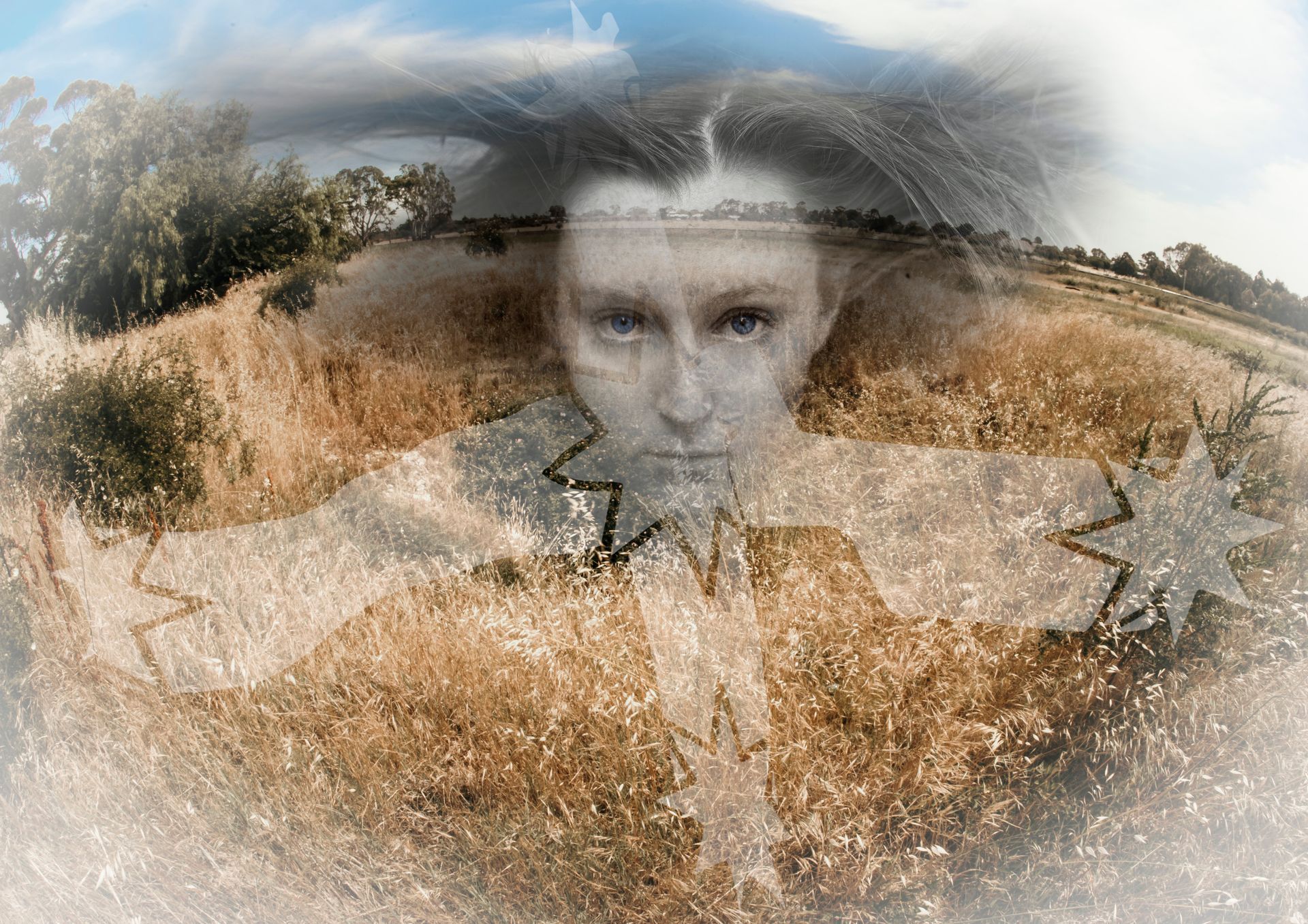$600,361
Raised
726
Rallies and Pickets
20,000 +
Members
2,500+
Workers Assisted
Regional Workers Memorial
Just a few short years ago on the morning of the 21st March 2018 Jack Brownlee, 21, and Charlie Howkins, 34, were killed at work in a trench collapse nearby in Delacombe.
Charlie was killed instantly, and Jack died in the Royal Melbourne Hospital the next day. Every year we gather to remember them, and those that have died at work like they did.
Now - we need a proper memorial where we can gather and pay tribute to all workers in our region who have fallen and reinvigorate ourselves to fight like hell for the living.
We have the space, in a parkland along the Kensington Creek called 'Workers Memorial Park.' Now we just need your help to make history and create a beautiful workers memorial in Ballarat.
If you can, please donate. For the memory of those we have lost, and those we still have to fight for.
